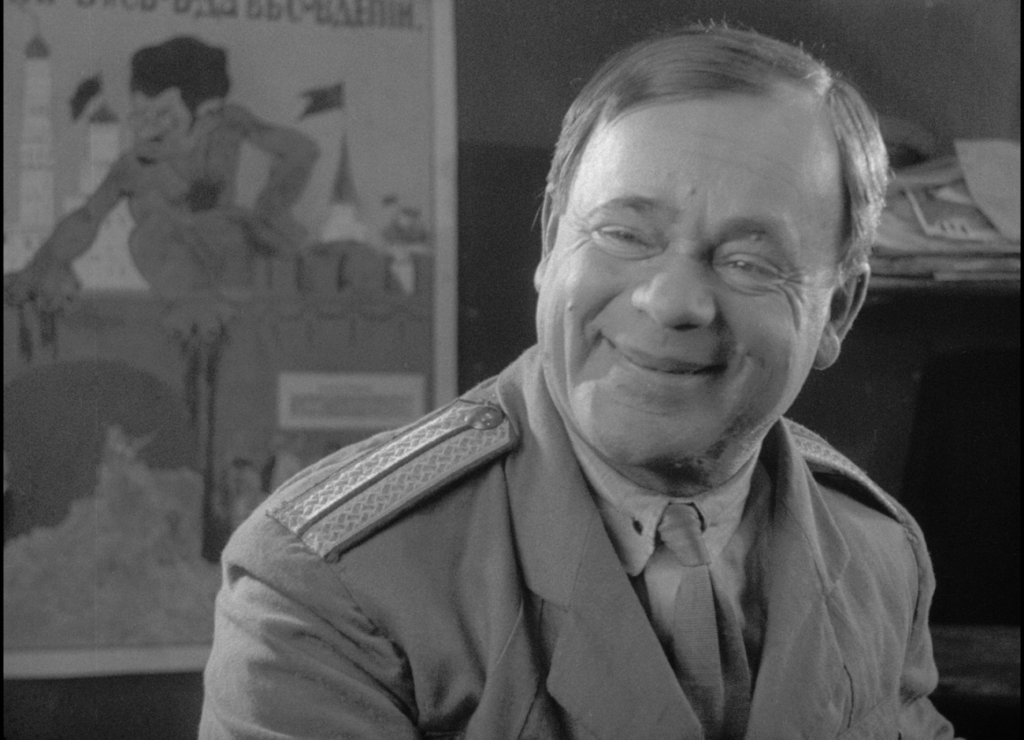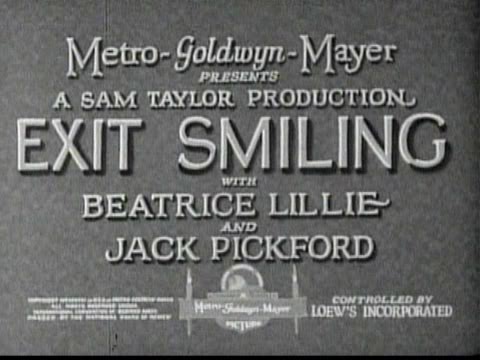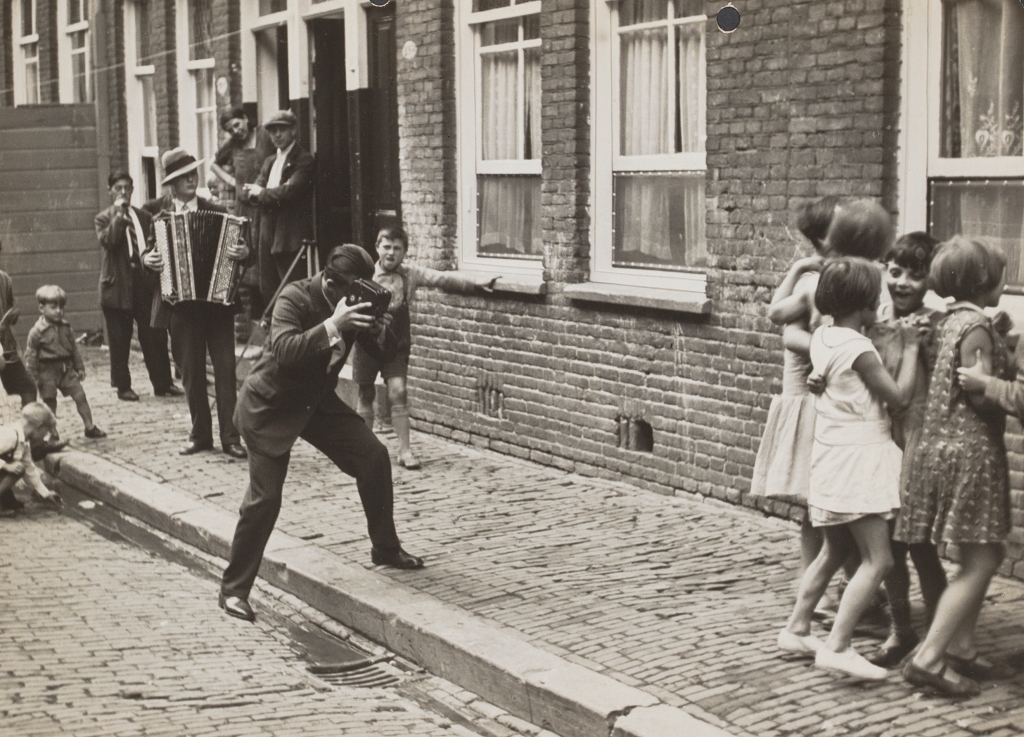
Walter Forde in What Next?
This film was the main feature in a silent film presentation during the Leeds International Film Festival. There was this feature and two earlier shorts, introduced and accompanied at the piano by Jonathan Best.
Would You Believe It! was a comedy feature co-scripted, directed and starring Walter Forde. Forde, born in Bradford, started out in the Northern Music Halls. He moved into film in 1919, first as a writer then as a comedy lead. He made several two reel comedies, produced in a converted hangar in Hertfordshire and then a converted drill-hall in Devon and all marketed under Zodiac Comedies. He, as was the case in the silent era, played a stock character Walter, well meaning but innocent. He then made six two-reelers at the Windsor Studios. This was followed by two years in Hollywood at the Unviersal Studio. When he returned to the UK he joined the Nettlefold Company who had taken over Cecil Hepworth’s old Studio at Walton. There he made four comedy features, all using the Walter character and playing opposite Pauline Johnson as a romantic lead. The films were co-written by James B. Sloan with Walter also directing. Sloan is also credited as director on a number of comedy shorts that Forde made on his return to the UK.
Would You Believe It! was the final comedy feature silent made by Forde, as this was the point that the introduction of sound film occurred in the British film industry. Rachel Low comments on the film:
“His last silent comedy, Would You believe It! (Trade Show May 1929) was directed and written by him, and this time reviewers, slow to recognise comic ability unless already established either in America or on the stage, at last began to take notice. But by this time sound film had become the fashion and even a Vocalion music recording could not save a comedy so essentially silent in technique. The [four] films were slight comedies with timidly darting style, dabbling politely in romantic farce, slapstick and a playful use of the medium. Forde himself appeared as a burly amiable and innocent young man engaged in suburban misadventures, somewhat puzzled but hopefully dogged.
He was too late for a career as a silent film comedian, but the direction and editing of the film show a considerable talent, which was fortunately to find expression in the thirties.”
Low is likely accurate on the context and Forde’s general approach, but she probably underestimates the quality and popularity of the film. The BFI Screen Online is quoted in the Festival Catalogue:
“He resumed the ‘Walter’ series, this time in collaboration with James B. Sloan and by the late 1920s, had become recognised as one of Britain cinema’s major comic talents, the director and star of a number of very popular comedies for Nettlefold …”
In the film Forde plays Walter, a would-be inventor. After trials and failures he comes up with a remote-control system with military potential. At this point the invention and Walter become the target of foreign spies. Whilst this conflict continues Walter is also developing a relationship with Pauline (Pauline Johnson), who coincidentally works for the Ministry of War.
The film opens when Walter’s experiments force him to leave home. He obtains a job as an assistant in a toy shop. There are several very funny sequences involving, first as baby, then balloons and finally mechanical toys. The balloons at one point form a phallic shape which I assumed was intentional and rather risqué for the period. The mechanical toys go berserk in a marvellous sequence, scattering customers round the shop.
It is at the shop that Walter meets Pauline. As their relationship develops she also arranges for him to demonstrate his invention to the Ministry of War. At this point the foreign spies enter the picture. The chief seems to be modelled on a caricature of Lenin: an unidentified reference to a Soviet threat?

There are a number of sequences where the less than competent spies attempt to steal the invention or kidnap Walter. There is a fine long sequence on the London Underground involving a spiral staircase and a lift. This is really fine comedy and the humour increases as there are repetitions both on the stairs and in the lift.
“All are seen from a simple, single camera angle, but by rapid cutting of repeat shows of this section with the hero, the villains, and then the case itself sliding down on its own, the illusion of a chase up and down the staircase is created … The comedy effect of this simple sequence is successfully created by using the juxtaposition of shot …” (Rachel Low).
The film develops to a final climax when Walter’s invention is tried out on an actual tank. Once again the spies are plotting to steal the invention. This is a fairly long sequence but it develops both the drama and humour with real skill. It is also a fairly destructive sequence, demolishing cars and whole houses in a chase sequence. You might guess that there is a positive outcome for Walter and Pauline.
Low’s comments on the filmmaker and the film sequence are apt. This was an extremely well made silent feature. The cinematography is excellent: by Geoffrey Faithful. And equally well done was the Art Design by W.G. Saunders and the editing by Culley Forde. Both the underground and the toy shop sequences were really effective. And the finale, though drawn out, is full of extremely well presented action. Forde himself obviously has an eye for the distinctive comedy sequence: there is another ingenious scene when he goes to the wrong venue for his War Office interview.
The film was accompanied at the piano by Jonathan Best. This was a enjoyable and appropriate score, adding to but not overpowering the film’s drama and comedy. Jonathan also offered a short introduction to the film and to the accompanying two short films. He explained that the three films represented three early decades in the British silent cinema and among other aspects offered a comparison of the development in comedy in that period.
Motor Pirates or The Modern Pirates, a black and white film produced by the Alpha Trading Company. They operated from 1903 until about 1910. The film was approximately 500 feet in length and ran for about nine minutes at 16 fps. An armoured car terrorises the countryside but is finally bought to book. The film is rather violent but the action is presented in long shot: there is little sign of motivation. There are a couple of ingenious set-ups with the police before an extended chase ends in a river.
Blood and Bosh (1913) is from the Hepworth Company. It is just on 650 feet in length, running for about running for about 11 minutes at 16fps. The plot synopsis gives little idea of the actual film.
“A baby, the beneficiary of a will, is kidnapped, thrown through a window, trample don, and finally rushed to hospital to be re-inflated.” [LIFF Catalogue].
The characters, including a hero, heroine, villains, mother and child, surgeon and sawman, are performed in stark melodramatic fashion. The cuts are frequently abrupt as the audience is taken on a erratic narrative. And the action is violent, bizarre but often very funny. The films seems to be the product of a premature British member of the Dada.
The 35mm prints, in pretty condition, were provided by the British Film Institute. They do not seem to have a practice of recording frame rates? The projectionist, at the Hyde Park Picture House, had to experiment, eventually they settled on 18 fps for the programme. This was slightly fast for the early films. It seemed OK for the Forde feature, though there was a slight flicker from that frame rate.
Still a very entertaining programme. More please, soon.
Rachel low’s The History of British Film 1918 – 1929 is part of the seminal five-volume study: Geoffrey Allen and Unwin Ltd, 1971.


















